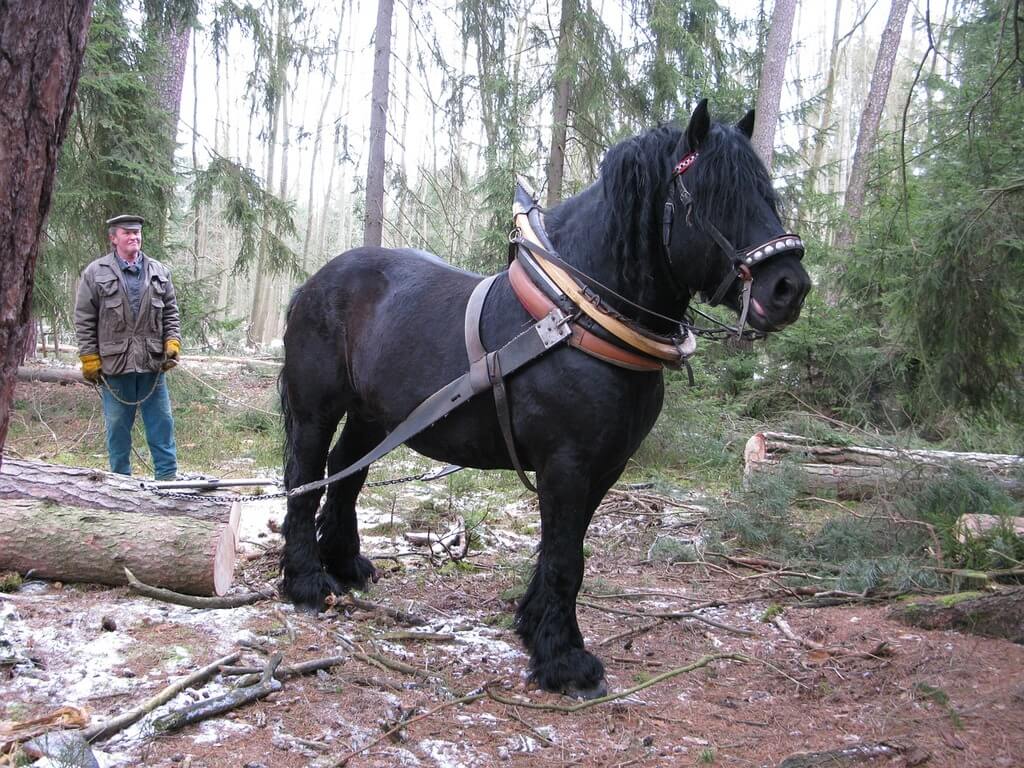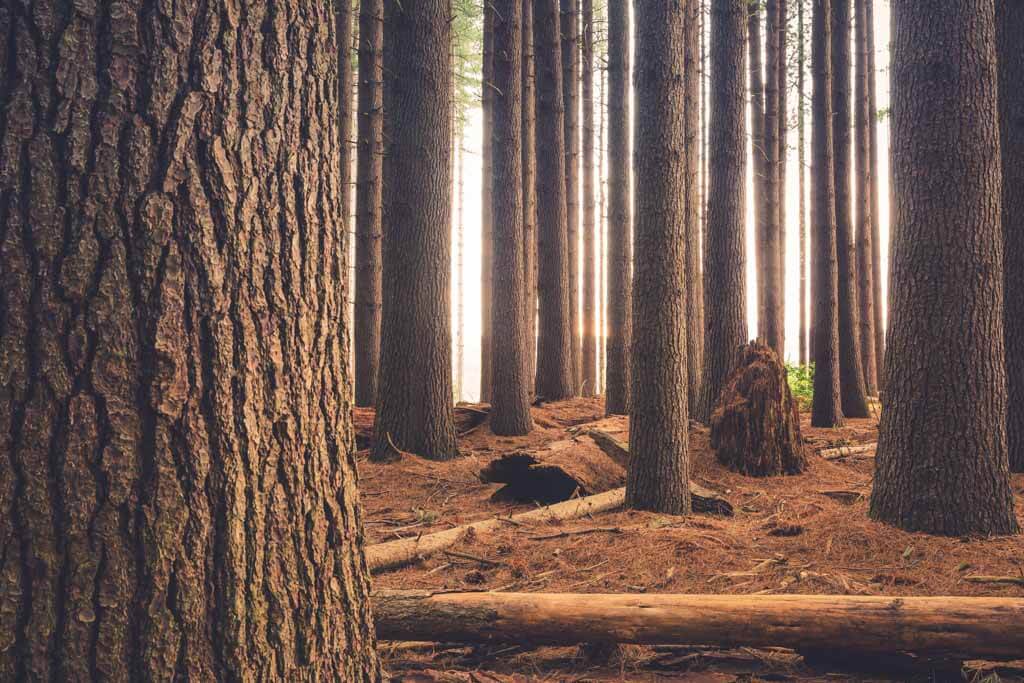If you’ve dreamed of having woods of your own, whether for recreation or as an investment, there are some helpful things to know as you start shopping. It’s not uncommon to have a cabin in the mountains for weekend getaways, but when it comes to investing, buying timberland isn’t always the first thing that comes to mind. It’s not as well-known as investing in gold or oil. To ensure you make the most of your investment, it’s important to understand some key factors.
Two terms you should know
When you are looking for land, you will come across some terms that will sound synonymous at first. When you hear of “forestland” and “timberland,” you probably will think they describe the same thing: land with trees on it. But there is actually a distinction between them.
Forestland is the broader category and simply refers to acreage that contains trees. Timberland refers to forestland that is open to harvesting timber. Many acres in the United States have been made off-limits to logging by federal or state policy.
As far as numbers go, there are over 800 million acres of forestland in the US, of which the federal government owns 238 million acres and 443 million are privately owned (a broad category, but basically identifying those not owned by state or local governments). You may be interested in this helpful overview guide from the US Congressional Research Service.
Understanding this kind of investment
It’s essential to recognize that when you invest in timberland, it needs to be for the long term. Trees take decades to grow and reach sizes that bring good market value. Although they are renewable resources, if the property has been logged in the past 10-15 years, it could still be several decades before you are able to do another substantial harvest. In addition, if you decide (or need) to sell sooner than you had intended, it could take a year or more to unload the property. This caution aside, timber properties don’t have the volatility that much of the market does, and the land itself will likely grow in value over time.
Don’t buy too small of a property
When it comes to size, having 10 or 20 acres may seem like a lot, but it’s not enough land to hope for significant returns in the world of timber and logging. Instead, it’s best to look for property with at least 40 acres of trees (not just 40 acres of ground).
Forty acres of trees is often considered the minimum size for a decent profit margin. Logging equipment is expensive and companies need to make jobs worth their while. Decades ago, 20 acres of trees could keep crews busy for weeks. But the days of logging with horses and smaller equipment are virtually gone. Today, that same piece of ground could be logged in a matter of days. Furthermore, because of efficiencies, larger properties bring in more money not only because of the volume harvested, but also because the price per unit increases as well.
This isn’t to imply that you will get no value from a smaller plot. You are likely to find someone who will come to do some logging for you, but you shouldn’t expect the best prices in this situation.

Finding Land
Finding land can be a daunting task, but there are many online sources that can help in your search for timberland. Mossy Oak Properties, Land Search, Land Watch, and Land Broker are some useful sites to browse. Most have filters that help you narrow down your search for the exact kind of property you are looking for.
In addition to online searches, you can also contact realtors who specialize in rural properties, especially agricultural land. You can do your initial searches online, then contact regional realtors who can help with properties that interest you.
Location
Finally, location plays a crucial role in the success of your investment. You should consider factors such as accessibility, proximity to mills and processing facilities, and regional market conditions.
Purpose of the property
It’s important to consider whether you will be using the property for recreation while waiting for it to mature into a financial payoff. Your intentions will affect what you should look for in a piece of ground. If you plan to double-purpose it as a recreational area, you should consider factors such as access to water, wildlife, and scenic beauty. If you will be enjoying these added benefits, then you might be willing to pay a higher price for the tract than if you were simply trying to turn a profit. You will also be more interested in the kind of land and where it is located, as well as whether there are any roads or improvements on the property.
Accessibility
If you just plan to run an ATV or snowmobile on primitive trails, then access won’t be much of a concern in your land searches. But if you expect to harvest the timber, the more rugged the area the more difficult it will be to log. Sometimes temporary bridges need to be built, or access roads need to be carved. This will increase your overhead and reduce your profits.
Proximity to Sawmills
If your potential property is near a mill, you are in great shape, because you have a ready source of sales and the transport costs will be low. If there are multiple mills nearby, things look even better for you. With multiple mills, you can take advantage of the competition between the mills. This will often lead to benefits for you!
Finding professional help
John Ross Harvard, a consulting forester who’s also a land agent for National Land Realty, has some advice for anyone looking to buy land. He says there is an old adage in the industry that “You don’t make money when you sell a tract of land, you make money when you buy a tract of land.”
With that being the case, the more help you can get when making a purchase, the more chances you have of making a good purchase. The best of both worlds is to find someone like Harvard who has skill and experience in both aspects of timberland: an ability to value the timber and knowledge about land transactions. If you can’t find someone with these skills, then look for a real estate agent who has skills in selling land, not just in residential sales, and then look for a qualified forester to work with.
Buying the land
When it comes time to buy the land, you can expect the process to take several months or more. There are often many moving parts. Even though some things are simpler (usually there are no dwellings to inspect or insure), other things are more complex. Before it’s all done, you may have worked with appraisers, foresters, surveyors, attorneys, and land agents.
Financing
When it comes to financing, there are many options available, such as private lenders or government loans. It’s essential to find the right financing option for your needs and budget. In addition, it’s crucial to seek professional guidance when searching for timbered land as an investment.
Wrapping up
In summary, investing in timber can be a lucrative long-term investment, but it requires careful consideration of several factors. It’s essential to understand that timberland is a long-term investment with low liquidity, and that size, recreation use, financing, the right land, and location are all key factors to consider when making your investment. By seeking professional guidance and doing your research, you can make an informed decision and see your money grow over time.
